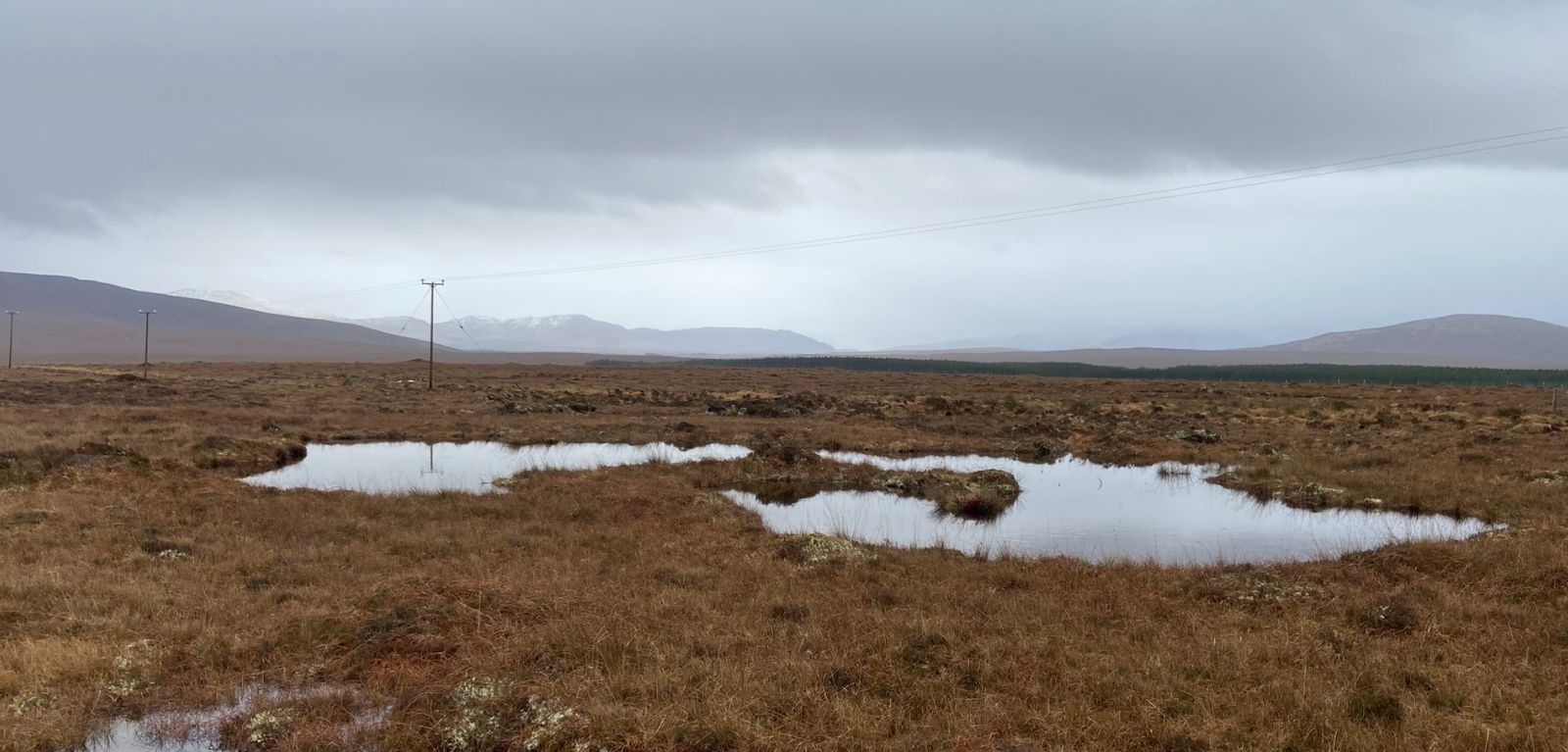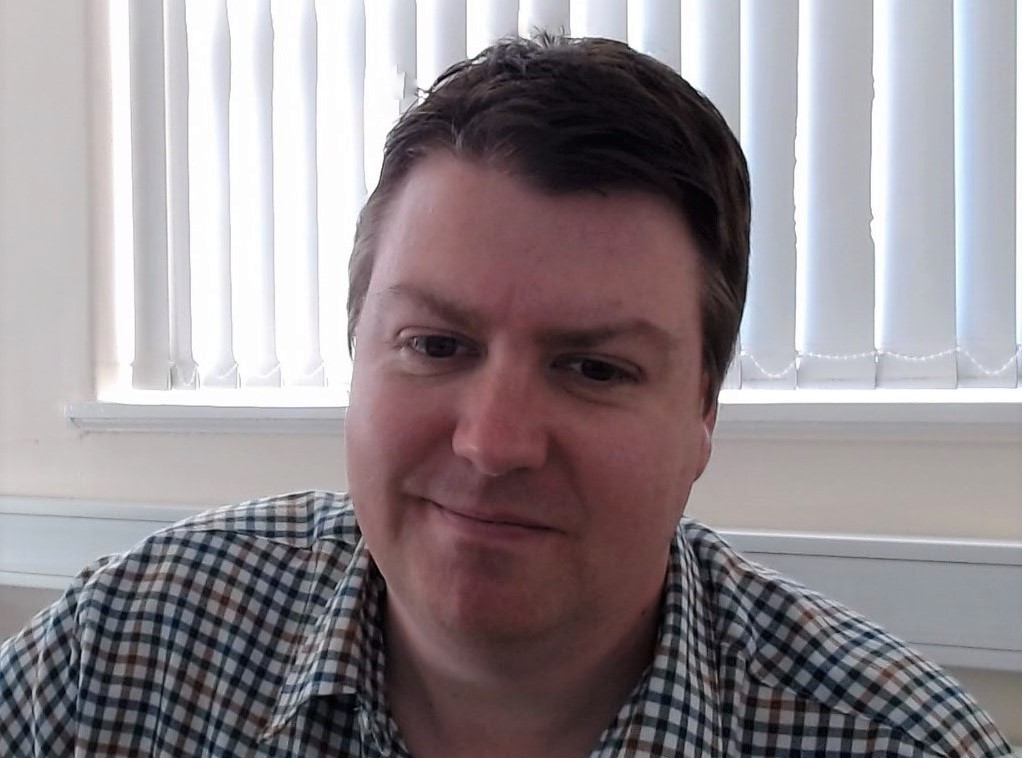Warm temperatures and specific water levels needed to restore European peatlands
European peatlands, which contain around half of Europe’s soil carbon, need a combination of warm temperatures and a water table of around 10 cm to thrive, a new study by Queen’s University Belfast researchers has found.

Peatlands form where there is a sustained build-up of partially decomposed plant matter, and they play a very important role in locking away greenhouse gases and absorbing industrial pollution.
In Europe, peatlands contain approximately five times more carbon than its forests. However, they have been damaged by human activities including pollution, draining and climate change.
In a bid to understand the conditions needed to restore peatlands, Professor Graeme Swindles from the School of Natural and Built Environment at Queen’s University has been leading a team to calculate peat accumulation rates over the past 2,000 years. They have been studying cores from 28 peat bogs across Europe.
The study, which has now been published in PLOS One, reveals that the fastest peat accumulation – nearly 0.5 cm per year – occurred around the Baltic Sea, at sites inDenmark, Poland, Sweden, and Finland which experience warm and humid summers.
The slowest peat accumulation was measured in northern Sweden, which experiences cold winters and a short growing season.
Across all sites, peat accumulated fastest in regions with warm summer temperatures, which improves plant growth, and a water table around 10 cm below the surface. If the water table is too high, plants struggle to grow, and if the water table is too low, decomposers can rapidly break down peat as it develops.
Professor Swindles comments: “Our study suggests that warmer summer temperatures could boost growth rates in European peatlands – but only if the water table stays high enough.
“We also found that maintaining a water table around 10 cm below the surface is key to allowing peat to grow quickly and store carbon over the long term. These findings strengthen current evidence and have important implications for how we restore and rewet peatlands as part of global efforts to tackle climate change.”
Professor Swindles is also suggesting that previous peatland restoration programs should be evaluated to determine if their relative successes or deficiencies corroborate these findings.
The full paper is available here.
Featured Expert

Media
For media enquiries, please contact emma.gallagher@qub.ac.uk